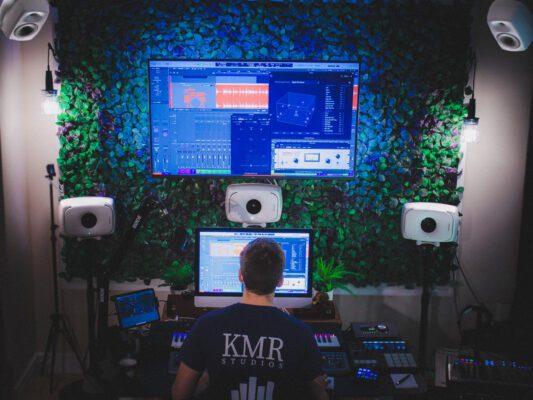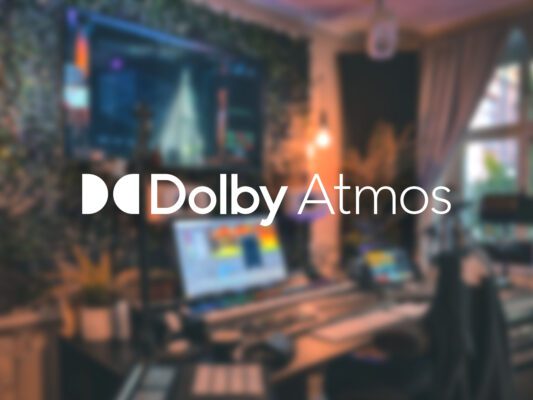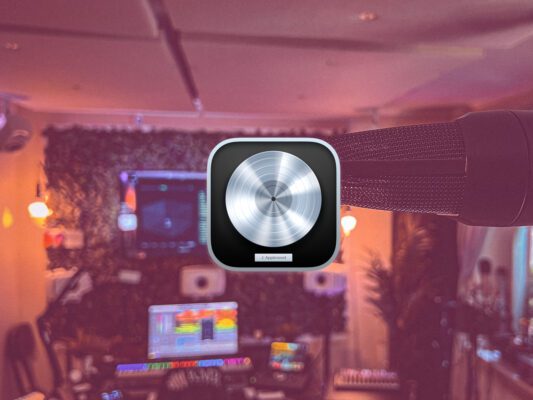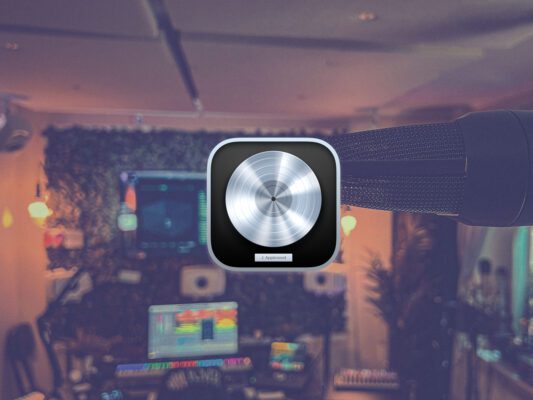Background
Perhaps you have heard of Dolby Atmos when going to the cinema or shopping for a new speaker system? The technology was introduced in 2012 by Dolby, during the premiere of the movie Brave. Since then, the format has become available in a growing number of theaters. In recent years, the format has also become increasingly common in consumer-grade audio setups. Today, most new TVs support the format, and streaming services like Netflix and HBO produce movies and series in Atmos.
Read more about KMR’s Dolby Atmos services
What is Dolby Atmos?
If you’ve heard of the format but still find yourself asking the question: “but what is Dolby Atmos?”, that is understandable. It does distinguish itself from previous available audio formats and playback options. To provide a simple explanation of what it entails, let’s consider the formats that existed before Dolby Atmos:
Mono: When sound is played from a single source.
Stereo: When sound is played from two sources (left and right).
Surround (5.1): 3 speakers in front of you and 2 speakers behind, along with a subwoofer for extra bass. This allows sound to be played so that it appears to come from behind or in front of the listener (as well as left and right).
Dolby Atmos takes the next step and introduces height. Such a system also includes speakers in the ceiling, allowing sound to move all around and even above the listener.
To make a comparison, one could put it in the context of dimension. Simplified, one could say that if mono is 1D (a point) and stereo is 2D (a line), then Dolby Atmos is 3D (a room). The possibilities with this format are endless. As you can imagine, many of us working in the music business were excited when Apple announced in the fall of 2021 that their streaming platform, Apple Music, now supports the format (without any extra cost for listeners).
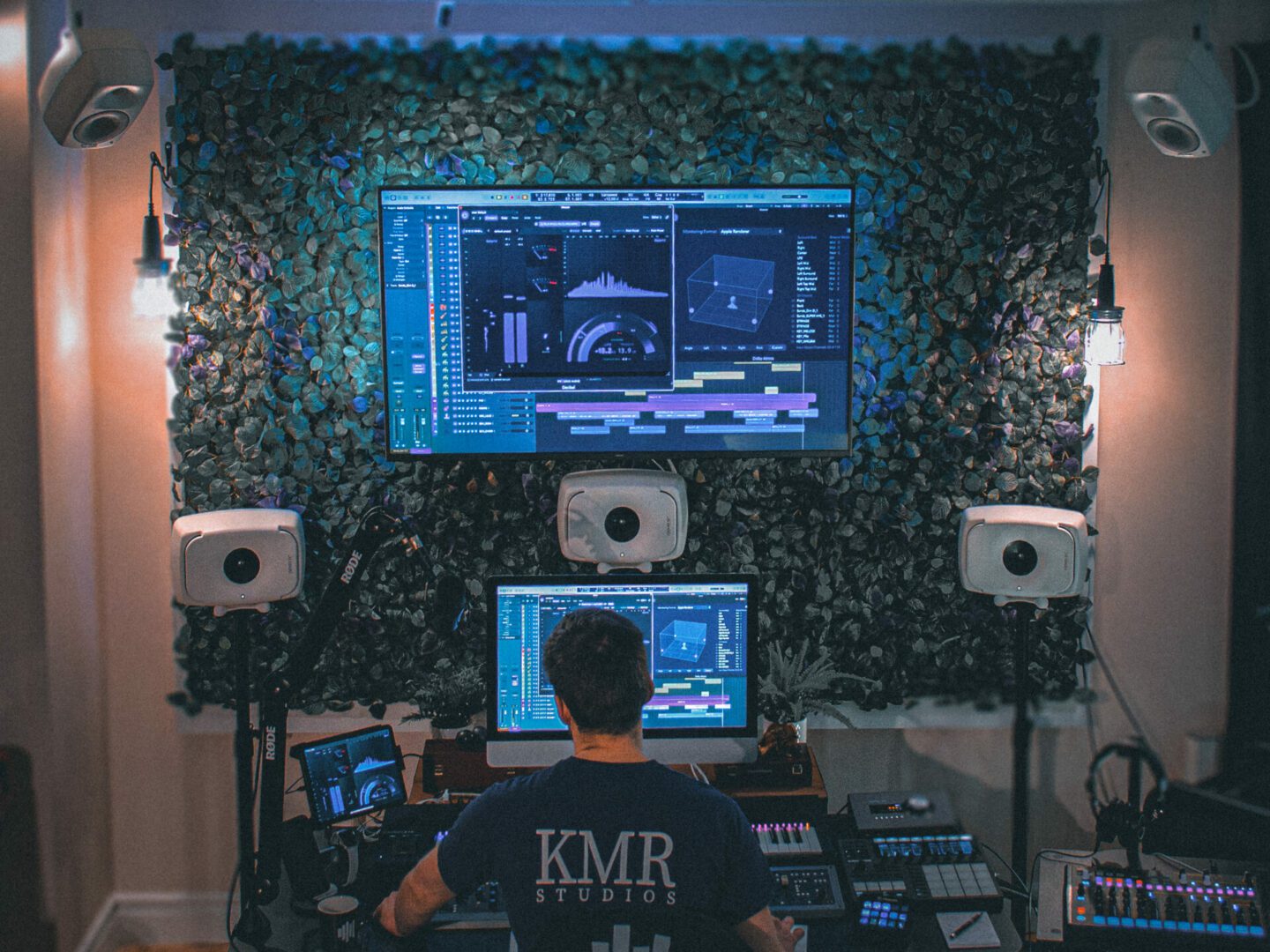
The significant difference between Dolby Atmos and all other audio formats is that the sound is no longer perceived as coming from the speakers. It sounds like the sound is coming from the room you are in. This changes the entire experience – whether it’s music, movies, or games. You are no longer just listening to a recording; you are present in the place where it was recorded.
Who has Access to Dolby Atmos?
“But,” you might think, “I don’t have a room full of speakers designed for an Atmos system. This probably isn’t relevant to me, right?”
A significant advantage of the Atmos format is that the content adapts to the audio system playing it. A Dolby Atmos system normally requires a 7.1.4 configuration (i.e. 12 speakers), but you don’t need this to enjoy the format. The new advanced format “senses” which audio system is playing the sound and adjusts accordingly.
Constant technological advancements are making Dolby Atmos technology more accessible. Today, you don’t even need speakers to listen to music or watch movies in the format; a pair of headphones is enough! This is possible thanks to a technology called binaural audio. There is currently nothing that can precisely replicate what a 7.1.4 system can do. However, the format undoubtedly makes a difference even with a pair of headphones. So, for those who want to listen to music in Dolby Atmos, all you need are a good pair of headphones and a membership to platforms like Apple Music or Tidal.
At KMR Studios, we have high hopes for Dolby Atmos in the future. We offer you as a customer the opportunity to have your music mixed and mastered in what we believe is the audio format of the future! We are also one of the few studios in the world that offer production directly in Atmos. We do that in our Dolby-certified Studio A.
We also offer services in post-production for TV, gaming, and film creators.
Read more about services in Dolby Atmos
More about Dolby Atmos
Music Streaming Services With Dolby Atmos Support
Want to take you music streaming experience to the next level? This article gives you [...]
Movie and Series Streaming Platforms With Dolby Atmos Support
Information for those who want to know more about Dolby Atmos and which film/series streaming [...]
3D objects in Logic Pro
This article talks about Dolby Atmos 3D objects in Logic Pro. What does object-based sound [...]
Surround Panner in Logic Pro
This article is about panning in Surround Bed in Logic Pro. We explain what Surround [...]
Contact Us

CONTACT US
OUR PORTFOLIO
LISTEN IN DOLBY ATMOS
LISTEN IN STEREO

 Svenska
Svenska
